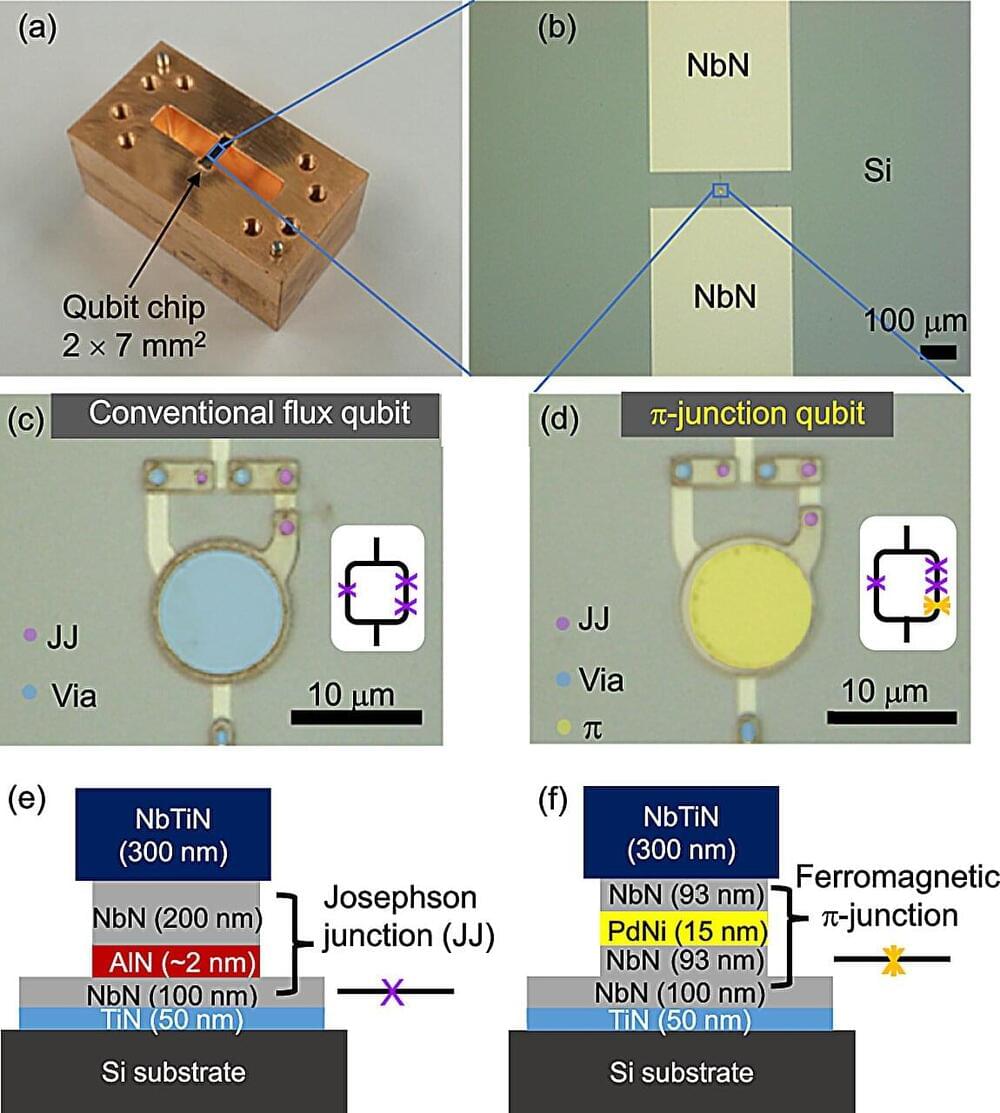Oct 17, 2024
New benchmark helps solve the hardest quantum problems
Posted by Saúl Morales Rodriguéz in categories: particle physics, quantum physics
From subatomic particles to complex molecules, quantum systems hold the key to understanding how the universe works. But there’s a catch: when you try to model these systems, that complexity quickly spirals out of control—just imagine trying to predict the behavior of a massive crowd of people where everyone is constantly influencing everyone else. Turn those people into quantum particles, and you are now facing a “quantum many-body problem.”


















